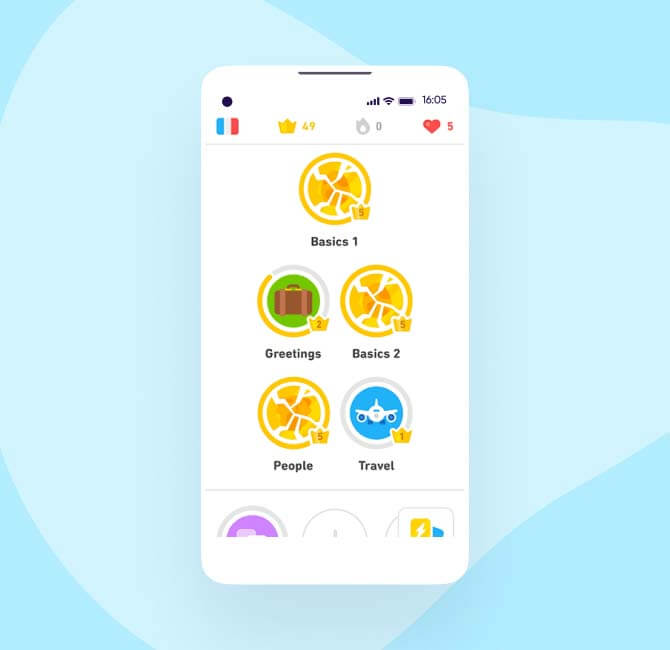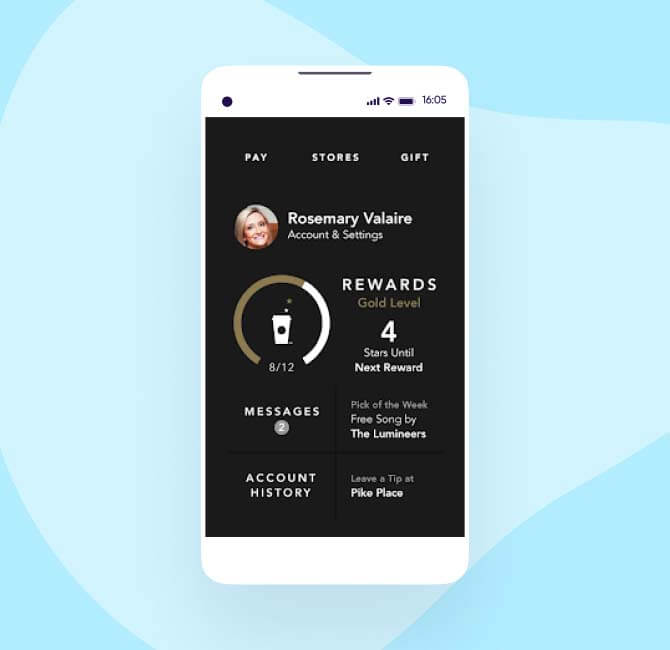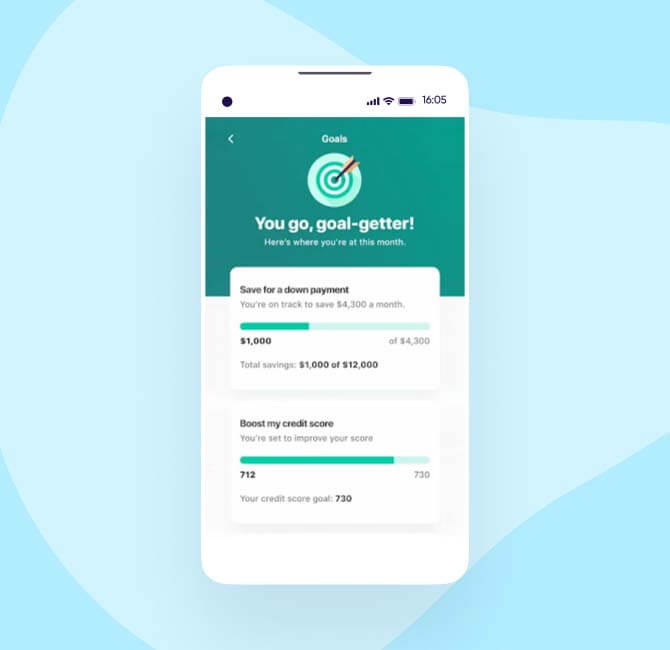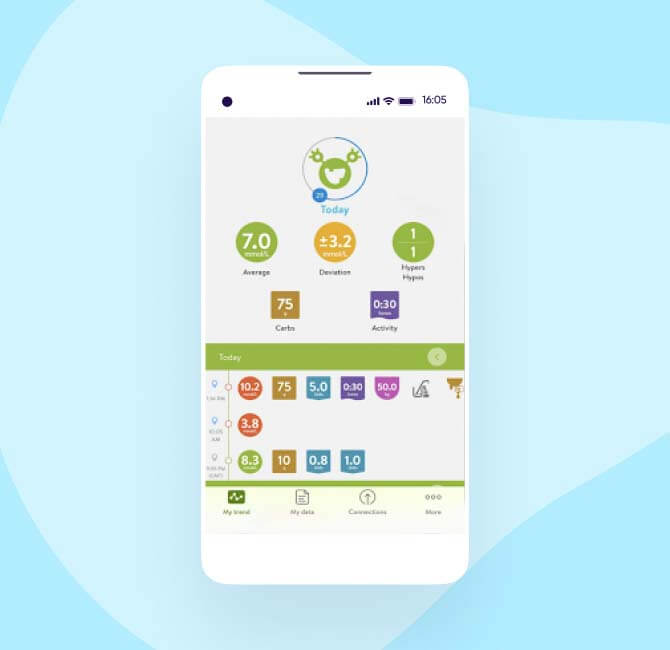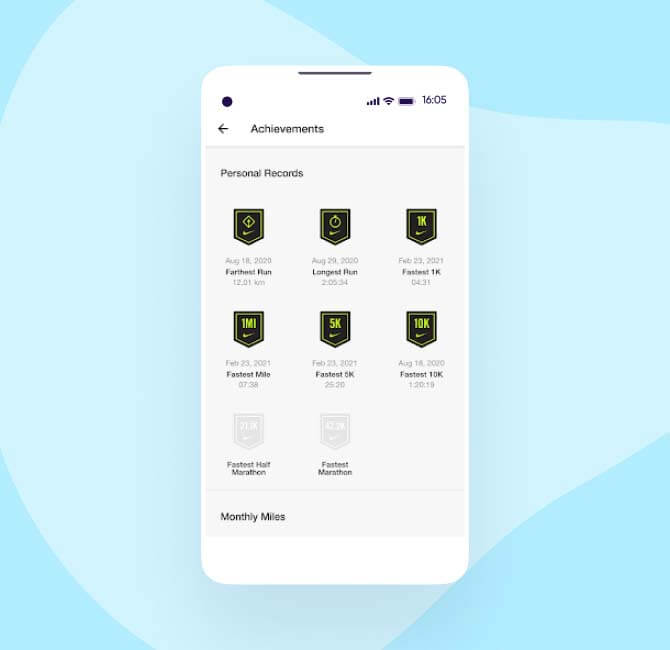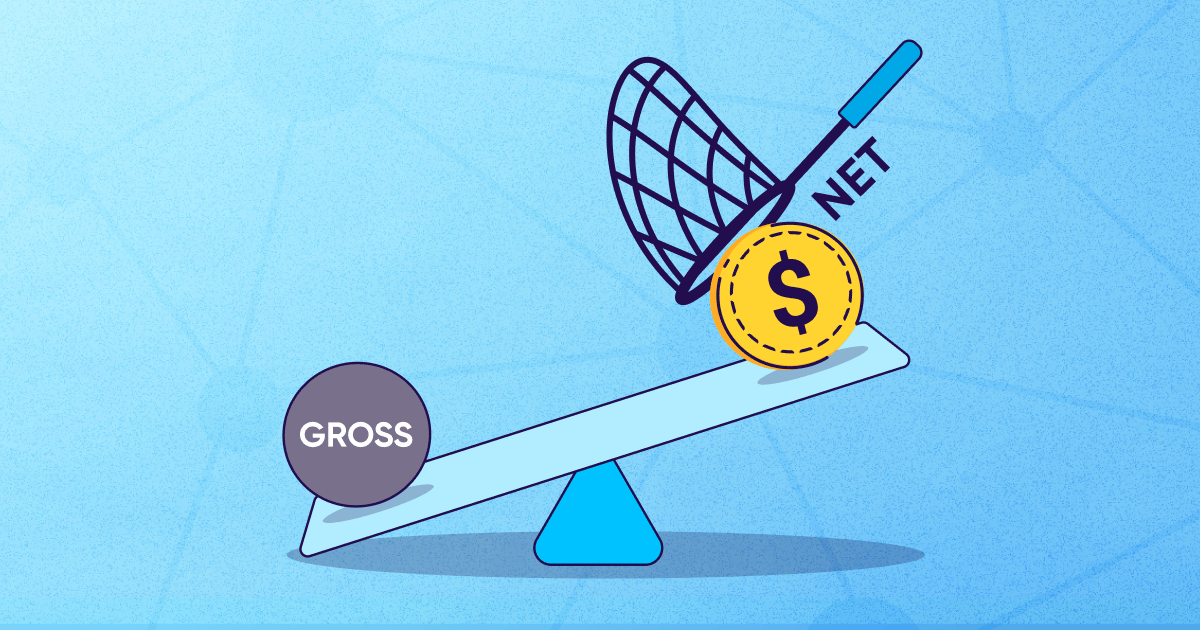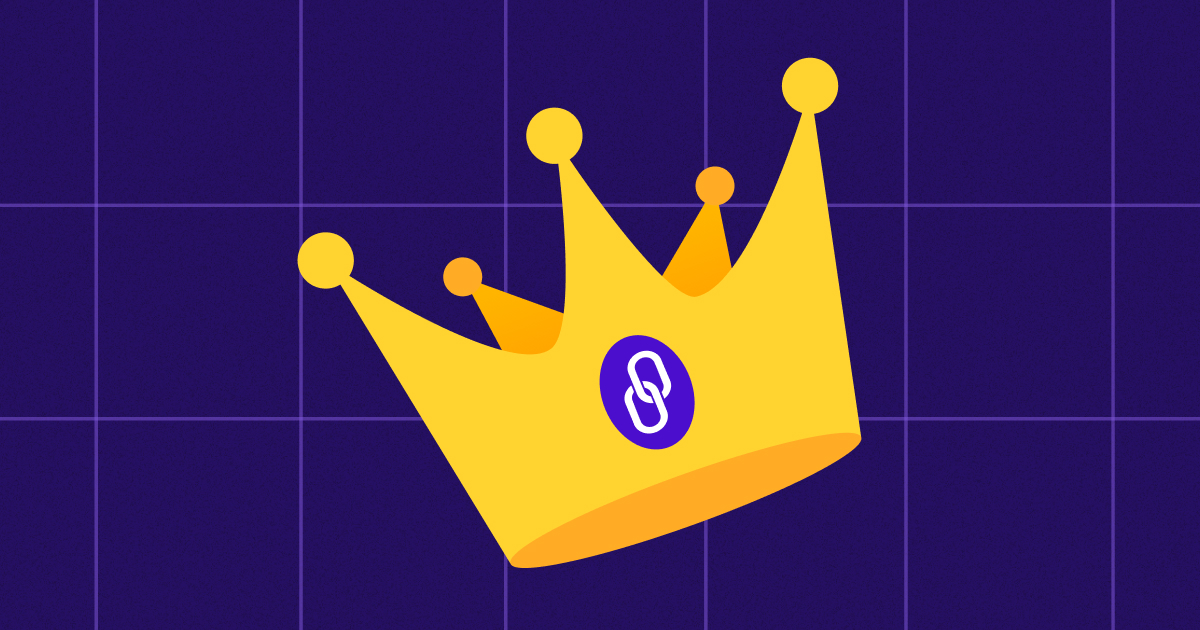
How to implement gamification and enhance your app’s user experience
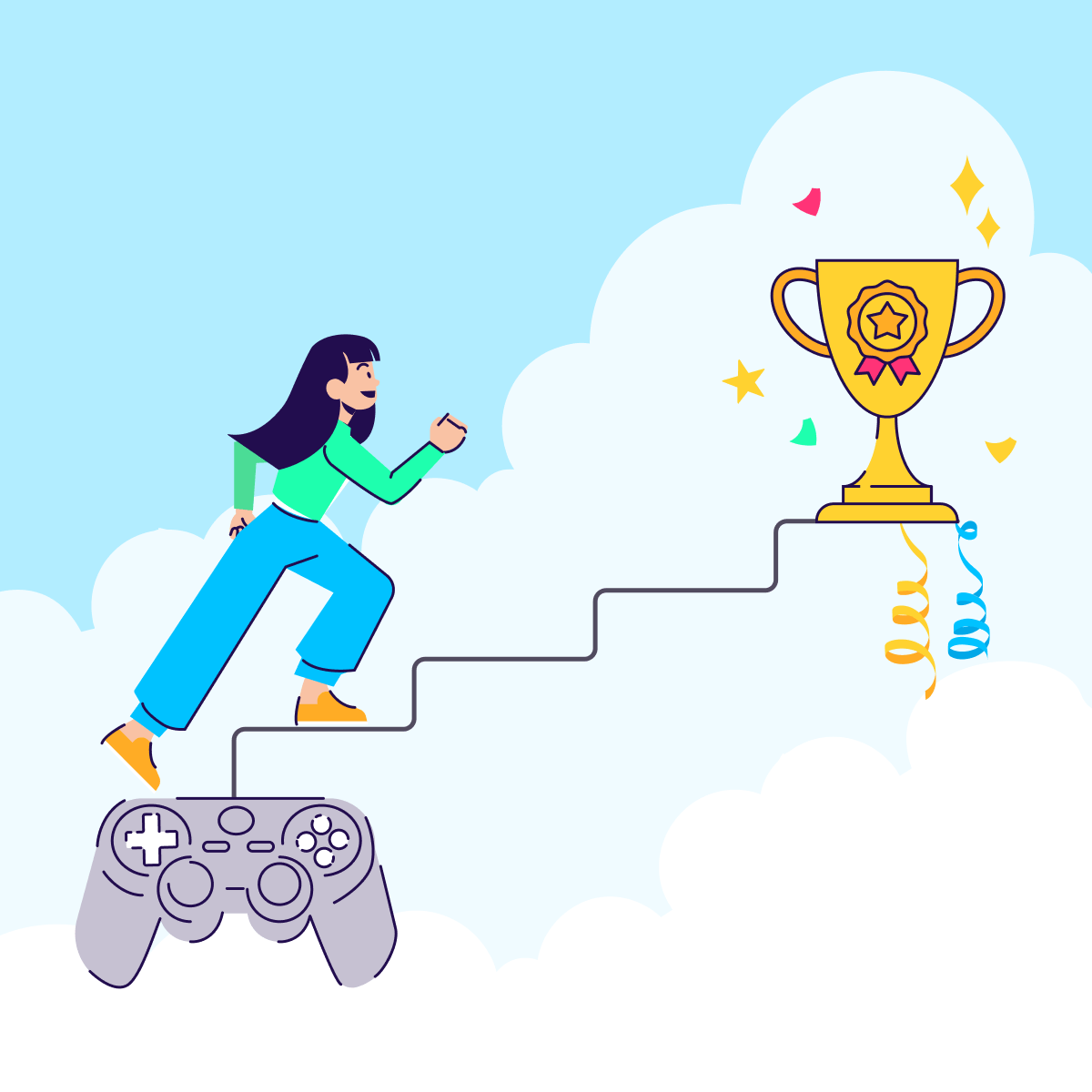
“Gamification” has been a buzzword in the app world for years now — and it’s no longer just a cool added extra. In fact, it’s become a core part of many apps’ engagement and retention strategy, and a proven way to boost user experience.
The truth is, everyone and their grandma is onto this gamification magic. Your competition’s in on the secret too, so you’ve got to level up to attract more users and keep them coming back for more.
In this guide, we’ll share the best app gamification tactics to inject some fun into your app and make your users stick around longer. Plus, we’ll dish out a solid implementation strategy and practical examples of how the big shots in the app world are nailing the gamification game.
Let’s get started!
What is app gamification?
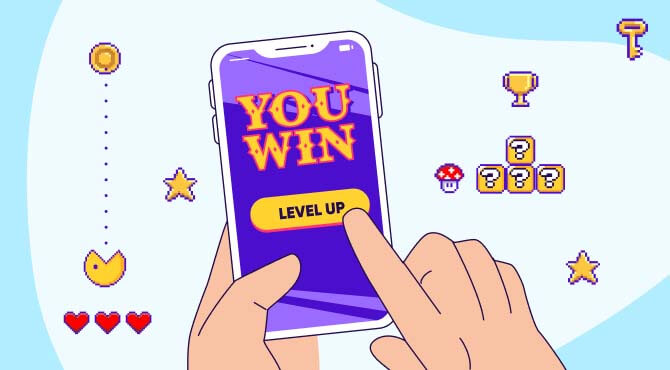
App gamification is all about adding game-like features and ideas to a non-gaming mobile app. The main goal? To encourage, involve, and motivate users, whether it’s to help them learn, work together, socialize, or be more productive and active.
When you think about it, gamification is all around us. Take your Apple Watch, for example. It nudges you to hit 10,000 steps, making it feel like a game. Or that Starbucks app where you collect stars for rewards. These apps create a game where you complete tasks and get rewards, and that triggers your brain into feeling good and pushing you to keep at it.
What are the benefits of app gamification?
Next, we’ll quickly discuss the advantages of incorporating gamification into your mobile app so you know what you’ll gain in return for your efforts.
- Higher completion rates: Gamification motivates users to finish tasks or challenges in the app. This sense of accomplishment encourages them to follow through on what they’ve started.
- Increased user engagement: People are naturally drawn to games, so a gamified app tends to hold their attention for longer. The game-like elements, such as rewards, competition, and social recognition, tap into users’ motivations, making them more actively involved.
- Greater user motivation: Gamified apps have a positive impact on app stickiness. Users return to your app repeatedly to earn rewards or reach higher levels, which keeps them actively engaged.
- Boosted retention rates: When users find your app enjoyable and rewarding, they’re less likely to abandon it. The game-like features maintain their interest over an extended period.
- Superior customer experience: Gamification makes your app more engaging and interactive, enhancing the overall customer experience. This ensures users enjoy their time with the app and are more likely to continue using it, benefiting both users and the app provider.
App gamification tactics and best practices
Wondering what a gamified app looks like? Check out these tactics and ideas you can use to increase retention and create a more fun app.
Points and reward systems
Points and reward systems make it easier to track user progress. In educational apps, this involves monitoring learning time and quiz performance. Users earn points for completing lessons or answering questions correctly, and can redeem these points for premium content or additional resources.
Fitness apps can use progress tracking for metrics like run times, calorie counts, and weekly workouts, providing users with a tangible sense of achievement and motivation.
Progress bars/levels and badges
Incorporate progress bars to help users visualize how close they are to achieving specific goals, such as language fluency in a language-learning app. Achievement badges can represent significant milestones, such as mastering vocabulary or completing a level. These visual cues instill a sense of accomplishment and motivate users to aim for the next level or badge.
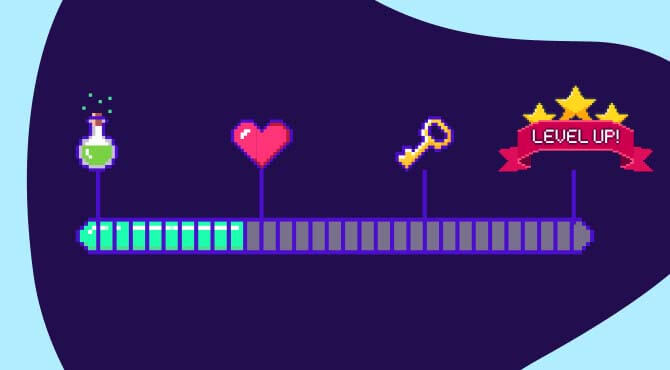
Challenges and missions
Challenges and missions add an element of fun and achievement to your app.
In a finance app, for instance, you can create monthly savings challenges where users set and track financial goals. Your app can provide guidance and progress tracking throughout the challenge. When users complete these challenges, reward them with incentives like financial tips or even monetary benefits to maintain continued engagement.
Leaderboards and competition
Encourage healthy competition among users with leaderboards. For instance, a fitness app’s leaderboard could display the top runner in a specific timeframe. Users are motivated to compete for higher rankings, fostering a sense of pride and accomplishment as they see their progress in comparison to others.
Quizzes
Quizzes add an element of challenge and knowledge testing. Users can test themselves on various topics and earn rewards or recognition for their performance. Educational apps can use quizzes to reinforce learning, while trivia apps often use them to entertain and engage users.
Feedback and progress tracking
Detailed feedback is crucial in helping users monitor their performance. For a financial planning app, you can provide visual representations of investment growth or spending habits. This feedback serves as a constant reminder of users’ achievements and goals, motivating them to continue using the app to improve their financial well-being.
In-app currency
Consider implementing in-app currency to reward various user interactions. Users can earn virtual coins for specific actions, such as making purchases or leaving reviews in a shopping app. These virtual coins are redeemable for discounts on future purchases, offering tangible benefits that inspire continued engagement.
Random rewards and surprises
Unexpected rewards and surprises can add an element of delight to your app. For instance, in a language-learning app, you can offer occasional surprises like bonus language packs or lessons that go beyond the regular curriculum.
The anticipation of discovering something new keeps users returning to the app regularly, ensuring sustained, long-term engagement.
How to get started
So, now we know there are some great benefits to incorporating app gamification, what groundwork do you need to lay in order to get started?
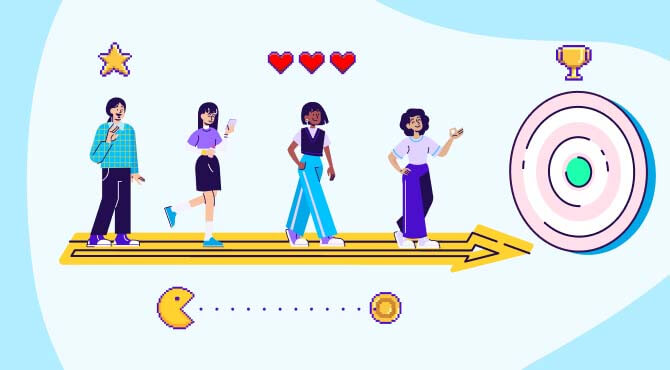
Here’s a step-by-step breakdown:
Step 1: Set clear goals and objectives
Start by setting precise goals for your app gamification strategy. Determine what actions you want your users to take, the behaviors you wish to encourage, and the results you’re aiming for. Make sure these goals are SMART: specific, measurable, achievable, relevant, and time-bound. Clear objectives also help users understand how to earn rewards and boost their motivation.
Step 2: Know your audience
Before introducing gamification elements, get to know your users intimately. Talk to them, do some research, and figure out what makes them tick. What gets them excited? What kinds of rewards do they like? This deep understanding will guide your gamification strategy.
Step 3: Add gamification elements
To make your app feel like a fun game, you’ll want to use things like points, badges, leaderboards, quests, and rewards. Think of them as the building blocks of gamification that create a sense of progress, competition, achievement, and social interaction in your app.
But don’t go too wild right away. Start simple, and then you can test and improve your game elements.
Step 4: Give immediate feedback
People like to know how they’re doing. So, when your users do something cool or earn points and rewards, let them know right away to keep them engaged and motivated. This feedback can take the form of visual pop-ups, sounds, or messages that acknowledge their achievements – just something that says, “Hey, you’re doing great!”
Step 5: Test! Test! Test!
Gamification isn’t one-size-fits-all. You’ve got to experiment with different game features and rewards to see what works best for your users. Keep a close watch on user engagement and retention metrics to gauge the effectiveness of your gamification strategy.
Based on what you see, make changes and make it even more awesome.
Step 6: Make it personal
Everybody likes feeling special, right? So, try to personalize the gamification experience.
Use data and analytics to group users based on their preferences and interests. Then, offer rewards and challenges that align with each user’s individual preferences. That way, they’re more meaningful and more likely to keep users hooked.
5 gamification examples that worked!
The global gamification market stands at $10 billion in 2022. And while that’s impressive, it’s expected to reach a staggering $116.68 billion by 2032.
Clearly, gamified apps are bringing in returns to companies.
To help you join the bandwagon, we’ve got some inspiration for you. Here are five successful gamified apps:
1. Duolingo
Duolingo’s gamification capabilities have played a significant role in its success in the language-learning market. Here’s a quick review of its strategy:
- Daily goals: Duolingo encourages users to set achievable daily language-learning goals. These small, manageable steps motivate users to engage consistently.
- Progress tracking: Users can track their progress visually so that it’s clear they’re getting closer to their language-learning goals. This visual feedback is crucial for maintaining motivation.
- External triggers: Duolingo re-engages users through external triggers like emails and push notifications. This keeps users coming back and prevents them from abandoning the app.
- The Streak: The ‘Streak’ feature rewards users with badges and incentives for daily app usage, creating a strong daily learning habit. Users are reluctant to break their streak, making it an effective motivator.
2. Starbucks
Starbucks has turned its customer experience into a rewarding game. When you use this coffee chain’s app, you earn “stars,” which are essentially points. The more you visit, the more stars you collect, and you unlock cool perks like free coffee and personalized offers.
Gamification strategies in the Starbucks app include:
- Personalized recommendations: Starbucks looks at past orders and habits to suggest drinks and offers that match user tastes, which makes people more likely to buy.
- Incentivizing purchases: Predictive algorithms encourage users to explore new items by offering extra stars for trying different products, much like completing a video game achievement list.
- Progress bars: Starbucks Dash turns visiting their stores into a game. It uses a progress bar to indicate how close the user is to getting special rewards.
- Promoting merchandise and partner offers: Starbucks offers extra stars when you buy merchandise, and users can also earn points and rewards through partner promotions.
3. Mint
Mint gamifies the financial tracking process, making it easier for users to stay on top of their budget while offering an engaging app experience.
Here’s how Mint implements gamification in its app:
- Goal-setting for rewards: Mint encourages users to set financial goals, offering rewards for achieving them. This approach motivates users to adopt more efficient financial habits over time.
- Storytelling: The app homepage is designed to evoke feelings of accomplishment, ownership, and convenience.
Blank Fills: Mint uses a game design technique known as “Blank Fills” to help users create budgets. This turns budgeting into a fill-in-the-blank exercise, simplifying the process and making it more engaging for users.
4. mySugr
Diabetes management app mySugr introduces a unique and engaging gamification approach to diabetes control. Here’s how the app works:
- Taming the monster: Users face a daily challenge in the form of a virtual “monster” they must tame. The game rewards users for staying within the target blood glucose range and completing daily activities.
- Progress checking features: Users have to complete daily activities, making progress toward taming the monster. These activities serve as checkpoints, gamifying the process of managing diabetes and motivating users to stay on track.
Storytelling: The mySugr Junior app syncs children’s entries with their parents’ or caregivers’ smartphones, offering rewards and feedback through a diabetes monster character. The fun approach promotes independence and self-care in children.
5. Nike Run Club
Nike Run Club excels at motivating and retaining users through strategic gamification. Research shows that the app’s key motivators for engagement include usefulness, ease of use, playfulness, and interpersonal influence.
Here’s what Nike’s gamification strategy looks like:
- Leaderboards: Nike Run Club introduces an element of competition with leaderboards. Users can compare their performance to others, which encourages continuous improvement and engagement.
- Timed challenges: Timed challenges spark user participation, motivating them to set and achieve goals, and ultimately keeping them engaged with the app.
- Progress celebrations: Celebrating users’ progress reinforces app engagement. Recognizing and rewarding milestones achieved during runs adds a sense of accomplishment.
- Personalization: Personalization empowers users by tailoring the app to their preferences and fitness levels. This personalized experience keeps users engaged and motivated.
Future trends for app gamification
App gamification is here to stay, so let’s dive into the exciting trends shaping the strategy for the future.
Artificial intelligence and machine learning
Apps today are becoming smarter, thanks to artificial intelligence and machine learning. These advanced technologies enable apps to understand user behavior, preferences, and patterns, resulting in a more personalized gaming experience. For instance, fitness apps use AI to analyze your workout habits and recommend challenges tailored to your fitness journey.
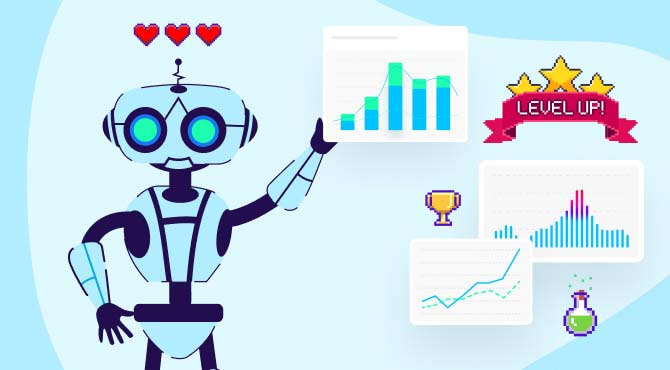
Augmented reality
Augmented reality mixes virtual elements with the real world, creating immersive and interactive experiences for users. Think about Pokémon GO, which had people hunting AR-based creatures in their real surroundings. Expect to see more apps using AR to overlay digital elements in our daily lives.
Virtual reality
Virtual reality (VR) is another captivating trend that will elevate mobile app gamification in the coming years. It transports users into fully virtual environments, offering an immersive experience.
If you’re working on education, entertainment, or training apps, exploring VR experiences is a compelling option. For instance, VR-based job training allows users to practice tasks in lifelike, secure digital settings. However, it’s important to note that VR equipment can be expensive, and some users might encounter motion sickness along the way.
Blockchain technology
Blockchain technology, although complex, offers secure and transparent ownership of digital assets. This allows blockchain-powered games and apps to create digital marketplaces for virtual items. Users can truly own and trade in-game assets beyond the gaming ecosystem.
Too good to be true?
While all these innovations hold great promise, there are potential downsides to consider. For example, AI’s in-depth analysis of user data may raise privacy concerns, as it can sometimes feel intrusive. Meanwhile, AR and VR can pose risks to mental health, leading users to become overly immersed in the virtual world and lose touch with reality.
When integrating gamification, be sure to balance the potential benefits with ethical considerations to protect your users’ wellbeing.
Key takeaways
- App gamification is the process of adding gaming elements and mechanisms to a non-gaming app to boost user engagement and motivation. This ultimately leads to higher completion rates, greater app “stickiness”, and improved customer experiences.
- Popular gamification best practices include points and reward systems, progress bars, challenges, leaderboards, quizzes, feedback, and random rewards.
- To implement gamification effectively, you need to set clear goals, understand your audience, add and personalize gamification elements, and test and refine your strategy.
- Successful gamified apps like Duolingo, Starbucks, Mint, mySugr, and Nike Run Club use a range of gamification features to engage and motivate users.
- The future of app gamification includes the integration of artificial intelligence and machine learning, augmented reality, virtual reality, and blockchain technology.


